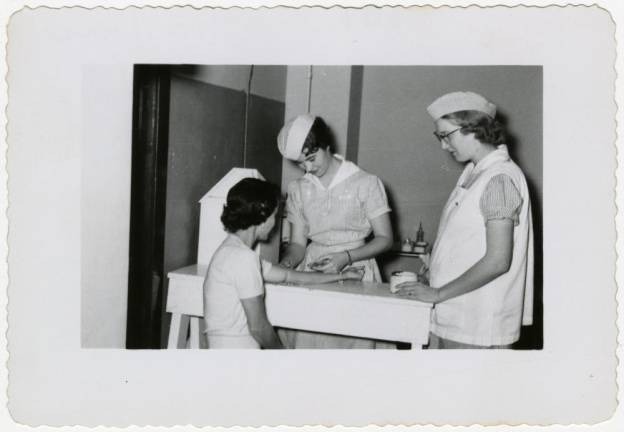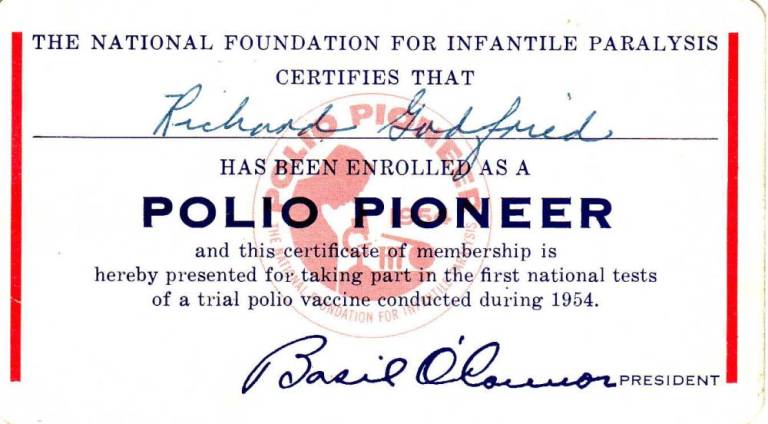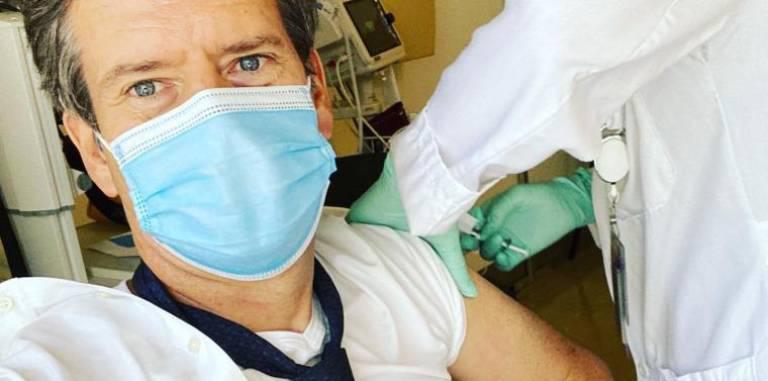Tracking the Vaccine Timeline
A brief history of the protections against five diseases



Given the modern guidelines for developing and introducing a safe and effective modern vaccine, coming up with a new one may take anywhere from the fastest-ever-five-years for Ebola (approved by the FDA in 2019) to probably never for the common cold because it would take 300 vaccines to protect you against the estimated 300 viruses making you sneeze.
Here’s how it went with five we now take for granted.
Smallpox: 148 years (1796-1944). No one really knows when some unlucky human became Smallpox Patient Zero, but the evidence suggests that it may have been back in Egypt 300 years before the Common Era (BCE). By the 1700s, smallpox had made it way around the world to Britain where in 1796, Edward Jenner created the first primitive but effective vaccine by scratching matter drawn from the sores of cattle afflicted with cowpox into the arms of willing volunteers. One hundred and 48 years later, a freeze-dried live virus vaccine called Dryvax became the first step towards modern control, and with concerted global co-operation by 1980 smallpox became (and remains) the only communicable disease to have been eradicated from human life.
Shingles (herpes zoster): 53 years (1953-2006). Shingles, which is caused by the same virus that causes chicken pox, may show up years after an initial infection of chicken pox or after exposure a chickenpox vaccination. This connection was first observed in 1953 but it was not until 2006 that the first commercially available vaccine was licensed in the U.S. Twelve years later, the US Advisory Committee on Immunization Practices recommended that adults age 60 or older should be vaccinated with a newer two-dose vaccine.
Influenza: 28 years (1917-1945). The first flu vaccine was approved for use in the United States in 1945, nearly 30 years after the devastating Great Influenza pandemic. But almost immediately, it was clear that the major influenza viruses mutate into new varieties with each new flu season, making last year’s vaccine worthless against this year’s flu. Today, data gathered at surveillance centers around the globe enable the World Health Organization (WHO) to design new vaccine tailored to the viral moment.
Human papillomavirus (HPV): 26 years (1981-2006). The link between two strains of HPV and cervical cancer was identified in 1981. Twenty-five years later, the first viable vaccine was introduced; two more have come on scene since then. Once again, continuing research has led to the development of additional and more effective vaccines, along with the understanding that HPV is linked to other cancers including those of the mouth and throat, making the virus a threat to men as well as women.
Polio: 20 years (1935-1955). In 1935, two teams of researchers presented potential polio vaccines to the annual meeting of the American Public Health Association, but neither were approved because vaccinated children died in trials of both vaccines. Twenty years later, in 1955, Jonas Salk’s injectable vaccine was approved in the United States and five years after that, Albert Sabin’s oral vaccine was approved as well. Continuing research led to even more effective vaccines which, by 1994, eliminated polio from North and South America. In 2019, there were 544 cases in the entire world. Eventually, polio may become the second disease to have been completely eradicated.
Which brings us to today’s Big Question: What’s up with COVID-19? Last week, President Trump said that he was immune to COVID-19. Right on cue, Eric Trump stepped up to credit his dad’s swift recovery to a marvelous vaccine. Um, no. While it’s true that the Trump vaccine train is supposed to be running at warp speed, practically as soon as Eric exited his TV interview, two major American vaccine makers said theirs wouldn’t be available until late November. Clearly, vaccines have no interest on showing up for elections. Instead, they run on a well-documented timeline from “Hey, I found what causes this disease” to “Stick out your arm and roil up your sleeve.”
This year, hopefully reaching a finish line sooner rather than later.